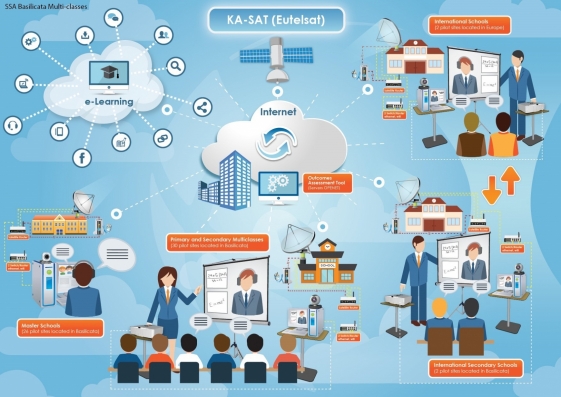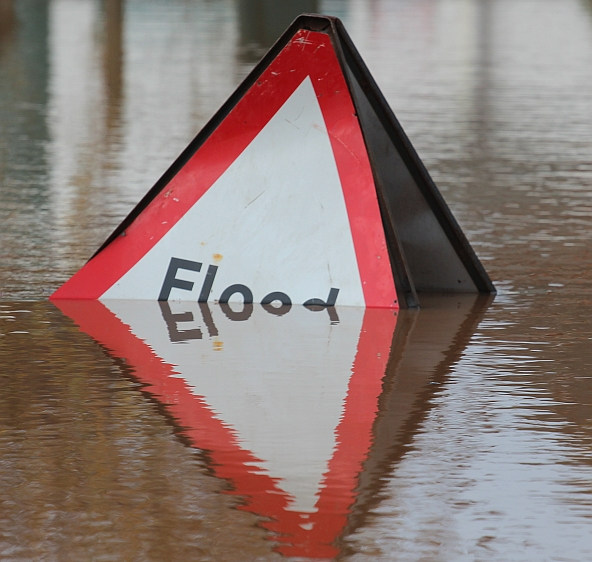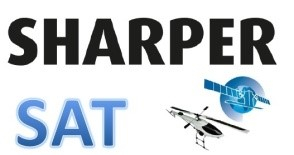Reducing the risk of bird strikes using satellite images and Ascend’s Normalised Difference Water index software (NDWI)
BROWSE PROJECTS
Based on user needs and industry skills, the evolution of customized solutions and the establishment of innovative services is accomplished through project activities. Focusing on various thematic areas, relevant information on the project activities is provided below.
TalkingFields
Status date: 09 May 2014
TalkingFields aims to increase the efficiency of agricultural production via precision farming by means of geo-information services. It integrates space and ground-based assets to achieve this target. The TalkingFields Demonstration Study is the result of a feasibility study which was successfully concluded in 2009.
VICOMESTRA
Status date: 30 October 2015
This project is a critical step to the introduction of HD media streaming services from mobile terminals in 2015. The solution is proposed to demonstrate dynamic video transmissions using the latest HEVC video codec running on a portable encoder combined with the latest Inmarsat BGAN HDR and GX satellite services.
LMS
Status date: 07 October 2015
In compliance with European and national regulations, the GNSS based livestock transport online monitoring system as well as the related service elements allow the online control of (especially long distance) livestock transports as well as simplify livestock transport documentation. The solution can be integrated with other vehicle subsystems and transport information such as fuel consumption, temperature conditions, water level control, etc.
sahel
Status date: 06 May 2011
The SAHEL initiative is a demonstration project for telemedicine service in Sub-Saharan Africa. The project will define and implement an operational pilot system connecting some isolated areas in both Western and Eastern countries of the Sub-Saharan region with medical centres of excellence for clinical services and eLearning. It is the first building block of a large pan-African network for telemedicine, in line with the TTF (Telemedecine Task Force) objectives.
iVOICE
Status date: 17 September 2015
This study evaluates improvements to existing voice analysis technology. It is coupled with high fidelity communications signal and GNSS data, aiming to detect situations of mental strain and fatigue in operators. With the aim of offering a new technology – iVOICE, integrated VOIce analysis via satellite Communications Embedded in time and safety-critical environment. It also investigates the potential to develop services linked to high-risk and high-stress environments or dislocated domains, including heavy equipment operation, ground and air transportation for private and commercial use, as well as applications for future use in distributed health care for remotely living populations and peace-keeping communication and navigation services.
HV-SATPROTEC
Status date: 16 September 2015
Feasibility study on new electricity infrastructure management services using space assets
SAPI&NS
Status date: 16 September 2015
The SAPI&NS study aims to improve the effectiveness of Search And Rescue operations for civil and military operators (so-called dual use). With satellite communication and satellite navigation, the involved personnel and vehicles (esp. helicopters and boats) can be tracked and status information can be collected.
The solution is conceived to be used across different scenarios (air, ground, sea) and will next to tracking services also offer tools for management and coordination of operations.
ASAP-FS
Status date: 16 April 2015
The ASAP service aims to deliver in a ‘one-stop-shop’ approach reliable information to actors in the Polish agricultural market to optimize the production, reduce input costs, and increase income. The service aims to deliver information on condition and status of vegetation, soil moisture and surface temperature, data for fertilization and amount of fertilizers, condition of vegetation before and after winter (frozen vegetation).
SharperSat
Status date: 31 August 2015
With the support of ESA, Finnish company Sharper Shape Ltd is developing innovative services for the improvement of maintenance and recovery of high voltage electricity transportation infrastructure using SatEO, GNSS data and Unmanned Aerial Vehicles.
Low Cost Hybrid Terminal Triple Play Solution
Status date: 18 August 2015
The aim of the project is to develop a low cost end-to-end solution for satellite based triple-play services. The platform uses existing infrastructure to enable TV, telephone and IP communication. Satellites are used for downlink communication and different terrestrial media are used for the return traffic.
Mimir 2.0
Status date: 18 August 2015
The project will continue the development of the Mímir server, Forsway’s solution for satellite hubs providing one-way Internet over satellite. The product will be extended to be a usable component in all types of one-way Internet over satellite deployments, covering deployments from small ISPs with a few hundred users to the largest operators with high performance multi-transponder services covering several million users.
Forsway S2
Status date: 18 August 2015
The objective of this project is to develop a Satellite modem for Internet access in rural areas using DVB-S2 technology. The product is intended to complement existing ADSL terrestrial based solutions. Where it is too expensive and /or too time consuming to get a terrestrial infrastructure for broadband, the Forsway modem offers a cost effective, easy to use solution to access the Internet based on satellite DVBS2 distribution associated with a multi-standard terrestrial return link.
LeCross
Status date: 10 September 2014
TWIM
Status date: 29 May 2013
Two Way Information Management (TWIM) is a Feasibility Study to assess the added value of receiving information regarding incidents, public safety issues, criminal behaviour etc. from the general public via their smartphones or other mobile devices, in support of operations of Civil Protection Services (Police, Fire Brigade, Ambulance Service etc).
WIAP
Status date: 26 May 2014
This study aims to identify and realise the benefits that can be brought to the wind power service industry by integrating new and/or improved space capabilities. The study focusses on the users/stakeholders of the wind industry to understand their needs, with the aim to identify a potential gap in the infrastructure.







































